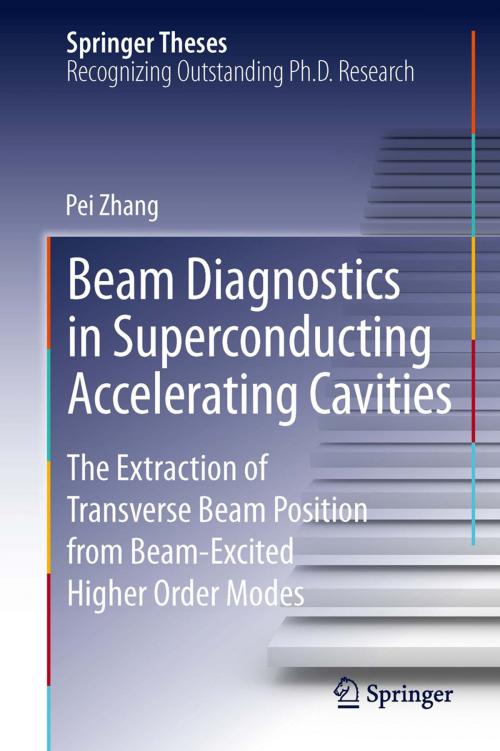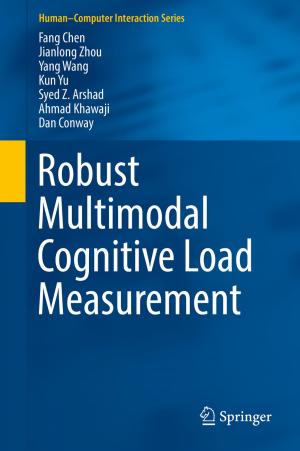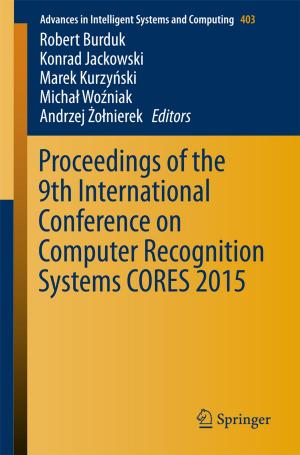Beam Diagnostics in Superconducting Accelerating Cavities
The Extraction of Transverse Beam Position from Beam-Excited Higher Order Modes
Nonfiction, Science & Nature, Science, Physics, Nuclear Physics, Electricity| Author: | Pei Zhang | ISBN: | 9783319007595 |
| Publisher: | Springer International Publishing | Publication: | July 24, 2013 |
| Imprint: | Springer | Language: | English |
| Author: | Pei Zhang |
| ISBN: | 9783319007595 |
| Publisher: | Springer International Publishing |
| Publication: | July 24, 2013 |
| Imprint: | Springer |
| Language: | English |
An energetic charged particle beam introduced to an rf cavity excites a wakefield therein. This wakefield can be decomposed into a series of higher order modes and multipoles, which for sufficiently small beam offsets are dominated by the dipole component. This work focuses on using these dipole modes to detect the beam position in third harmonic superconducting S-band cavities for light source applications. A rigorous examination of several means of analysing the beam position based on signals radiated to higher order modes ports is presented. Experimental results indicate a position resolution, based on this technique, of 20 microns over a complete module of 4 cavities. Methods are also indicated for improving the resolution and for applying this method to other cavity configurations. This work is distinguished by its clarity and potential for application to several other international facilities. The material is presented in a didactic style and is recommended both for students new to the field, and for scientists well-versed in the field of rf diagnostics.
An energetic charged particle beam introduced to an rf cavity excites a wakefield therein. This wakefield can be decomposed into a series of higher order modes and multipoles, which for sufficiently small beam offsets are dominated by the dipole component. This work focuses on using these dipole modes to detect the beam position in third harmonic superconducting S-band cavities for light source applications. A rigorous examination of several means of analysing the beam position based on signals radiated to higher order modes ports is presented. Experimental results indicate a position resolution, based on this technique, of 20 microns over a complete module of 4 cavities. Methods are also indicated for improving the resolution and for applying this method to other cavity configurations. This work is distinguished by its clarity and potential for application to several other international facilities. The material is presented in a didactic style and is recommended both for students new to the field, and for scientists well-versed in the field of rf diagnostics.















